Defense Sector Growth
The defense sector in South Korea is a significant driver for the tungsten market. With increasing investments in military technology and equipment, the demand for tungsten-based materials is on the rise. Tungsten is utilized in armor-piercing ammunition and other defense applications due to its high density and hardness. In recent years, South Korea has allocated substantial budgets for defense modernization, which is expected to boost the consumption of tungsten in military applications. By 2025, the defense sector could represent around 25% of the tungsten market, reflecting the strategic importance of tungsten in enhancing national security. This growth in defense spending is likely to create opportunities for tungsten suppliers and manufacturers in the region.
Industrial Applications Expansion
The tungsten market in South Korea is experiencing growth due to the expansion of industrial applications. Tungsten's unique properties, such as high melting point and density, make it indispensable in various sectors, including aerospace, automotive, and manufacturing. The demand for tungsten in the production of high-performance components is increasing, driven by the need for durability and efficiency. In 2025, the industrial sector is projected to account for approximately 40% of the total tungsten consumption in South Korea. This trend indicates a robust market for tungsten-based products, as industries seek to enhance their operational capabilities. The tungsten market is likely to benefit from this industrial expansion, as manufacturers invest in advanced materials to meet the growing demands of their respective sectors.
Technological Innovations in Mining
Technological advancements in mining operations are poised to impact the tungsten market positively. Innovations such as automated mining equipment and improved extraction techniques are enhancing the efficiency of tungsten production. In South Korea, the implementation of these technologies is expected to reduce operational costs and increase output, thereby making tungsten more accessible to various industries. By 2025, the efficiency gains from these innovations could lead to a potential increase in tungsten supply by up to 20%. This influx of tungsten into the market may stimulate competition and drive down prices, benefiting end-users across multiple sectors. The tungsten market is likely to see a shift in dynamics as these technological improvements take hold.
Emerging Renewable Energy Technologies
The transition towards renewable energy technologies is influencing the tungsten market in South Korea. Tungsten is increasingly being used in the production of components for solar panels and wind turbines, owing to its excellent thermal and electrical conductivity. As South Korea aims to enhance its renewable energy capacity, the demand for tungsten in these applications is expected to rise. In 2025, the renewable energy sector may account for approximately 15% of the total tungsten consumption, driven by government initiatives to promote clean energy solutions. This shift towards sustainability is likely to create new avenues for growth within the tungsten market, as manufacturers adapt to the evolving energy landscape.
Investment in Research and Development
Investment in research and development (R&D) is a crucial driver for the tungsten market in South Korea. Companies are increasingly focusing on developing new tungsten alloys and composites to enhance performance in various applications. This emphasis on R&D is expected to lead to innovative products that meet the evolving needs of industries such as electronics, aerospace, and automotive. In 2025, R&D expenditures in the tungsten sector could rise by approximately 30%, reflecting the commitment of manufacturers to improve product quality and functionality. This investment in innovation is likely to strengthen the competitive position of South Korean tungsten producers in the global market, fostering growth and sustainability within the tungsten market.


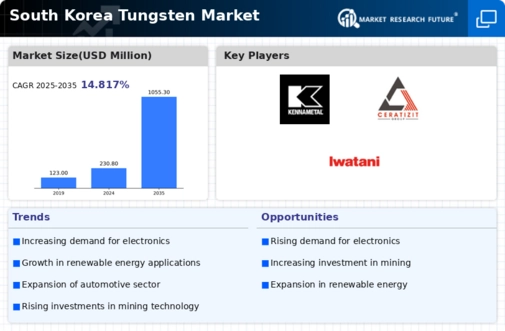
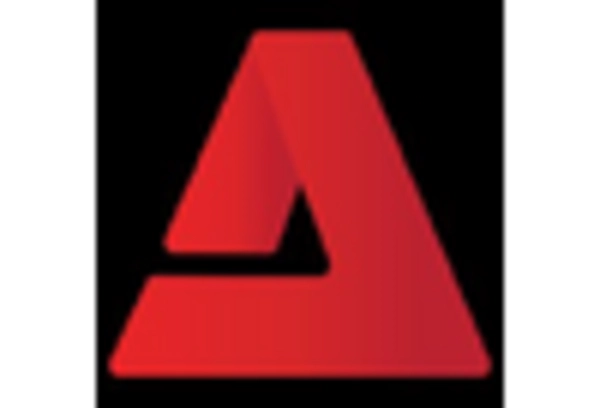
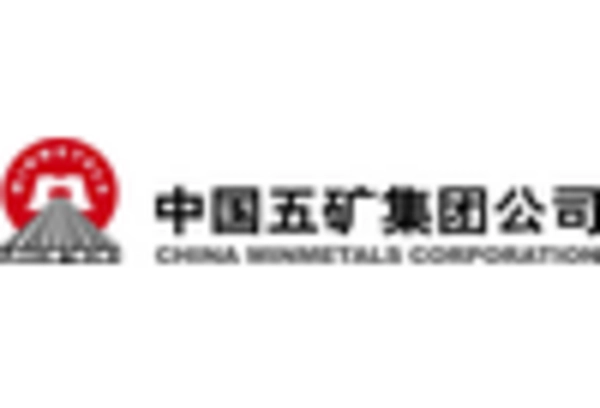
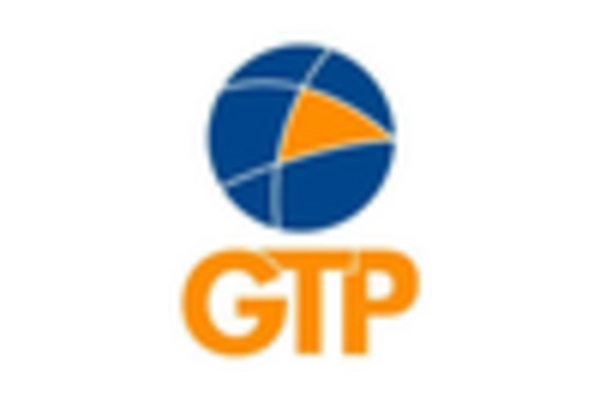
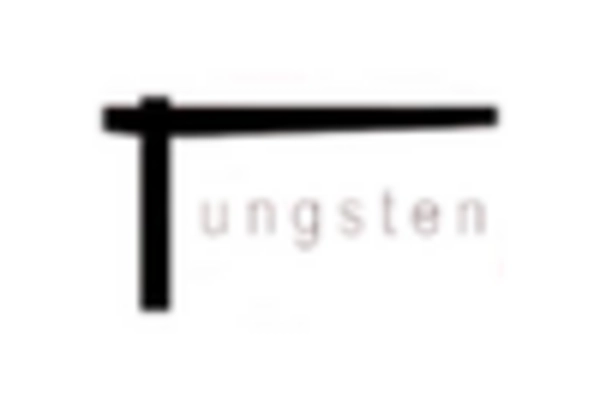










Leave a Comment